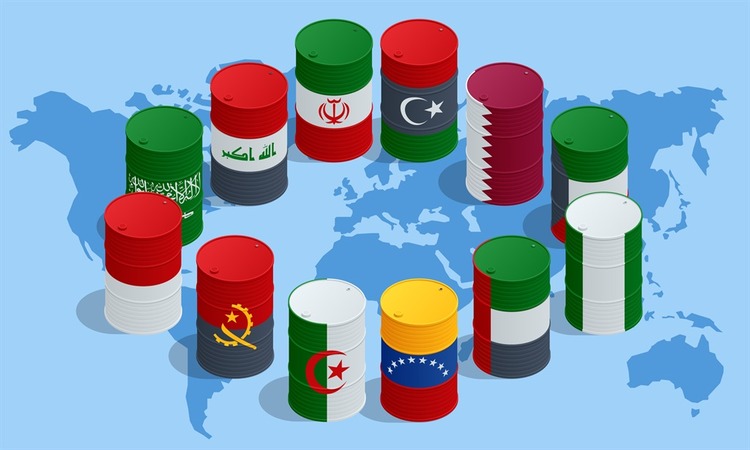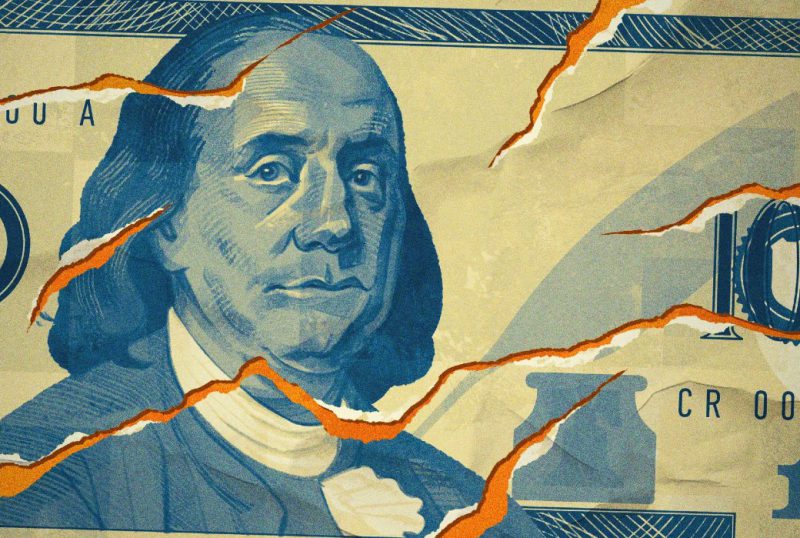BRICS nations are moving away from the US dollar in trade right now, and it’s happening faster than most people expected. Russian oil deals that used to rely on dollars for about half of all transactions have dropped to just 5%, while India has also opened up rupee-based trading for BRICS countries. These shifts represent what might be the biggest challenge to US monetary dominance we’ve seen in decades.
Also Read: India’s Rupee Goes Global Instead of Single BRICS Currency Plan
How BRICS US Dollar Trade Shifts Impact Global Markets And Currency Trends


Russia Leads the BRICS De-dollarization Trading
The numbers coming out of Russia show just how dramatic this change has been. Russian oil transactions have been transformed completely, and Andrei Klintsevich, Head of the Russian Center for Military and Political Conflict Studies, shared some revealing data about this shift.
Klintsevich said:
“Now it is 5%, as increasingly more countries opt out of the US dollar in trade. This also applies to the euro.”
The expert also stated:
“Belarus and Russia have decisively pivoted eastward. We are developing an alternative center of global influence embodied by the SCO and BRICS.”
This pivot has been driven by sanctions pressure, along with strategic decisions that both Russia and Belarus have made in recent months.
BRICS USD Move: India’s Rupee Push Changes the Game
India has in fact rolled out one of the most ambitious initiatives to substitute the dollar use with something termed as Vostro accounts at the time of writing. Recently, the Reserve Bank of India granted banks an okay to open such accounts without requiring prior approval. This simplifies the task of countries making payment in rupees directly after trading.
When a nation wishes to purchase products in India today, they do not need to exchange their currency to US dollars and thereafter purchase the product. They can simply utilize the rupees that have already been deposited in their special account. The policy emerged following the 50% tariff implemented by the then US President Donald Trump on Indian products. The government of India under Prime Minister Narendra Modi perceived the increasing use of rupee as a countermove.
BRICS Expansion Strengthens Alternative Currency Push
The general push to abandon dollar reliance extends beyond national initiatives. In addition to advancing initiatives such as grain exchanges that assist in trading without dollars, BRICS has been advancing settlements in local currency. These BRICS de-dollarization efforts have been further boosted by the recent inclusion of Egypt, Ethiopia, Iran, Saudi Arabia, UAE and Indonesia in the economic bloc.
The new members introduce new trade relationships which can be in fact reorganized on basis of other than the traditional dollar system which can be termed as alternative currencies.
Klintsevich underlined the stability of this course:
“Of course, the severance of economic ties is always bad. But we will survive it.”
Also Read: India Extending UPI Payments to BRICS Countries
These developments are being watched closely by market participants as they continue to reshape international trade relationships and currency dynamics. The changes represent the most substantial shift in global commerce patterns since the Bretton Woods system was established. Even more. they’re happening in real time as countries pursue alternatives to dollar dependency.





